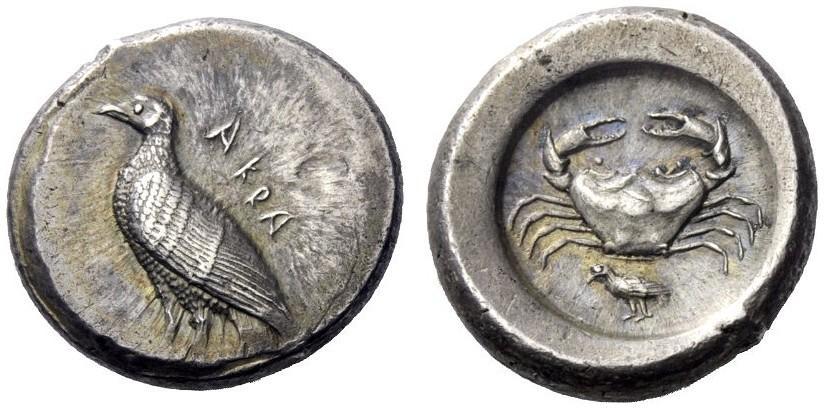1676
1677
1679
1680
1681
1682
1683
1687
1688
1689
1690
1691
1693
1694
1695
1697
1698
1699
1700

























